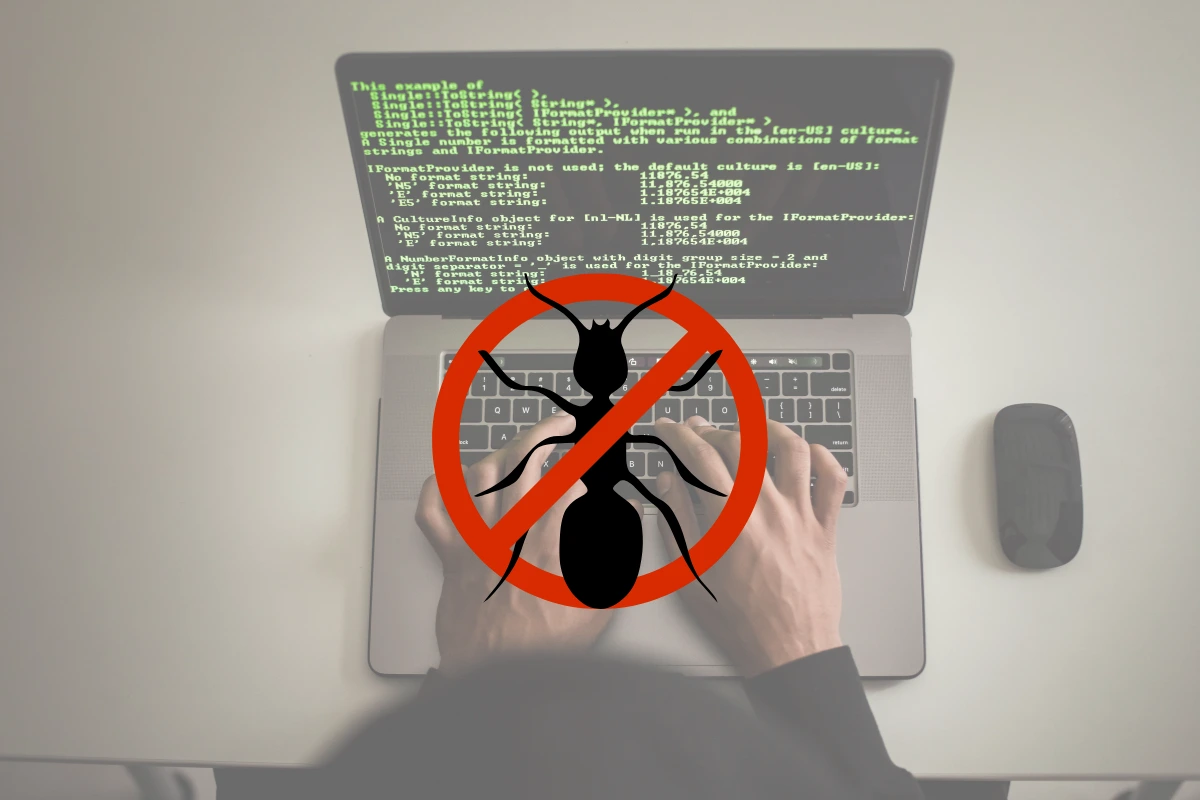Automated testing is essential to ensure that a system functions as expected. But as the code evolves and new features are implemented, these tests can become predictable and fail to detect critical flaws. A study by Capgemini (2022) revealed that 56% of companies reported that their automated tests lost effectiveness over time. This occurs because tests tha, once captured important bugs start to repeat itself without variations, creating a false sense of security. This phenomenon is known as the Pesticide Paradox in software testing.
In this article, we will explore why this happens and what to do to address it.

What is the Pesticide Paradox?
The term Pesticide Paradox was created by Boris Beizer in his book “Software Testing Techniques”, published in 1984.
The analogy comes from the agricultural sector. When a pesticide is repeatedly applied to crops, pests begin to develop resistance to the substance. Over time, the pesticide becomes ineffective, and the sector needs to create new formulas or rotate pesticides to maintain pest control.
In the context of software testing, this applies to a set of automated tests that are repeatedly executed without updates, gradually losing their effectiveness. The tests stop detecting new bugs because they are already “familiar” with the existing code and fail to identify variations or unexpected behaviors.

Why Does This Happen?
- Repetition of Tests: Tests that are run constantly without being updated can become predictable, unable to capture new bugs or unexpected variations in the code.
- System Changes: As the system evolves, new features are added, and existing code is modified. If the tests don’t keep up with these changes, errors can go unnoticed.
- Test Blindness: Just like a pesticide that can no longer identify new pests, outdated tests may fail to detect new bugs or unexpected behaviors.
How to Prevent the Pesticide Paradox?
- Continuous Test Review: Regularly create new test cases to ensure that new bugs are captured.
- Adding New Test Cases: Include new scenarios that cover recently implemented features or behaviors. In this context, using AI-powered tools that automate testing (such as TestBooster.ai) can be helpful, as they learn from new scenarios and expand the testing landscape.
- Risk Analysis: Identify areas of software that are more likely to failures and focus testing efforts on these areas. Use risk analysis techniques to prioritize testing and ensure that the most critical functionalities are rigorously tested.
- Continuous Learning: Stay up-to-date on the latest trends in software testing, new tools, methodologies, and technologies. Attend courses, workshops, and industry events to refine your skills and stay ahead in the battle against bugs.
Quality Center by NextAge

Quality Center is a new vertical focused on enhancing QA processes. You get a specialized team to ensure the highest quality of your system, application, or platform. With years of experience in complex projects and the support of our proprietary technology TestBooster.ai, we deliver an efficient and impartial approach to software testing.
Our dedicated team ensures that software tests are reviewed and updated frequently, fitting to new features of the system and preventing the Pesticide Paradox phenomenon. Additionally, the team prioritizes the creation of new test cases in critical or high-risk areas, such as newly launched features or modules that have received updates.
If you don’t want your tests to become ineffective over time, discover the solutions offered by NextAge’s Quality Center! Learn how TestBooster.ai can transform the quality of your tests and maximize defect detection. Talk to a specialist now!






